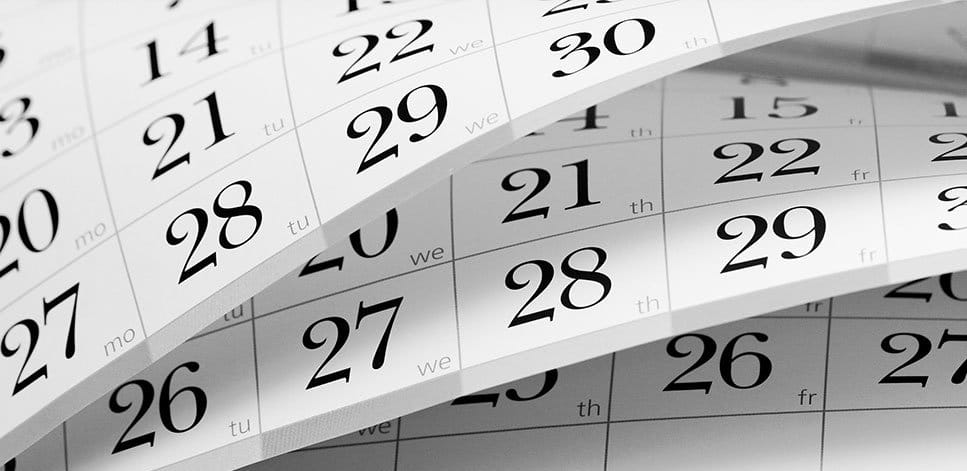Moving isn’t something most people enjoy doing, and it can often be easy to put off preparations until the last minute. Procrastinating can, however, make the move even more stressful and more difficult.
A much better solution in many cases is to create a timeline and get things checked off your “to do” list early in the process. If you’re looking at a move in about two or three months’ time, now is prime time for making preparations and planning ahead. Here are five things that you can accomplish now to make the whole project easier.
Inventory Your Things
Before you can start working with a moving company, you’ll need to have an idea of what you will be packing and shipping. The simplest way to determine what you have is to take a pen and paper and move throughout your property, writing down the large items you’ll be taking with you, including their rough dimensions.
During this assessment, you may find things you will be getting rid of. The advantage of taking inventory early is that you have time to sell, donate or find a new home for these things.
Hire A Mover
Once you have an idea how much you’ll be taking with you, it’s time to research and meet with moving companies to find the best fit for you. Look for companies with good reviews, as well as proper licensing with your state’s Department of Transportation and bonded employees. If you’re moving out of state, make sure they are licensed for interstate transport too.
Once you decide on a mover, go over the details of the move with them before signing a contract. For example, is the price estimate binding, or could there be additional fees? Will any of your goods need special packing or handling? Will they be outsourcing any part of the transportation? Will you do all your own packing, or will you hire them to help you out? In what time frame will your stuff be delivered, and are there guarantees?
Make A Floor Plan
You may spend a lot of your pre-move time thinking about packing up your current home, but it’s good to give some thought to your new place. Try to get a detailed floor plan, or make one yourself with as many wall and space measurements as you can find. This floor plan will help you determine where all your furniture and bulkier items will go. And if some of your belongings won’t fit the new space, knowing this in advance can save money if you decide you can’t keep some furnishings.
If you’ll be putting any items into storage, you should make a floor plan of this location too. Crafting a storage plan before the rush of the move-in day will help you organize the space and keep it accessible.
Plan To Declutter
Decluttering is the process of reducing the quantity of things in your home, and it should be part of your moving plan. Assess your pantry and refrigerator; then make some meal plans to use the items in them, and avoid replacing them until you’re in your new house. The same can be done with things like laundry or gardening supplies, seasonal clothing, kids’ toys and pet supplies. If you need to replace supplies, consider purchasing smaller quantities that will get you through the next two months but not result in large, half-full containers that need to be moved.
Pack Little-Used Items
If you’ll be doing your own packing, it’s okay to start early. Inventorying your stuff should have also given you an idea of what you likely won’t need for the next couple of months. Getting some boxes and packing these items now will help you avoid having too much to do when the move gets close. Designate a little used room, such as a guest room, shed or garage space, to hold boxes you pack early.
Be sure to start a good labeling system before you pack those first boxes. Many people like to use a color coding or numbering system that coordinates all the boxes destined for one room or for one purpose. Label everything on more than one side, and keep a running master list if possible.


